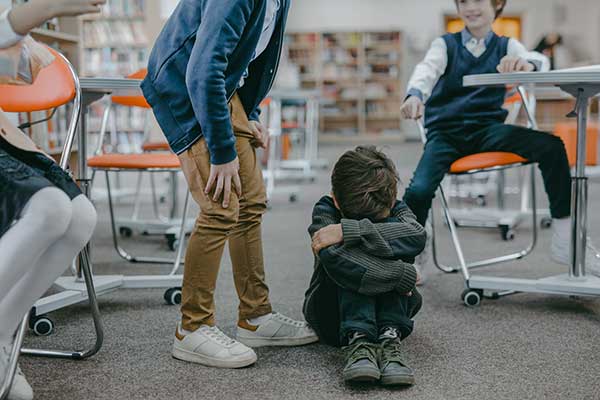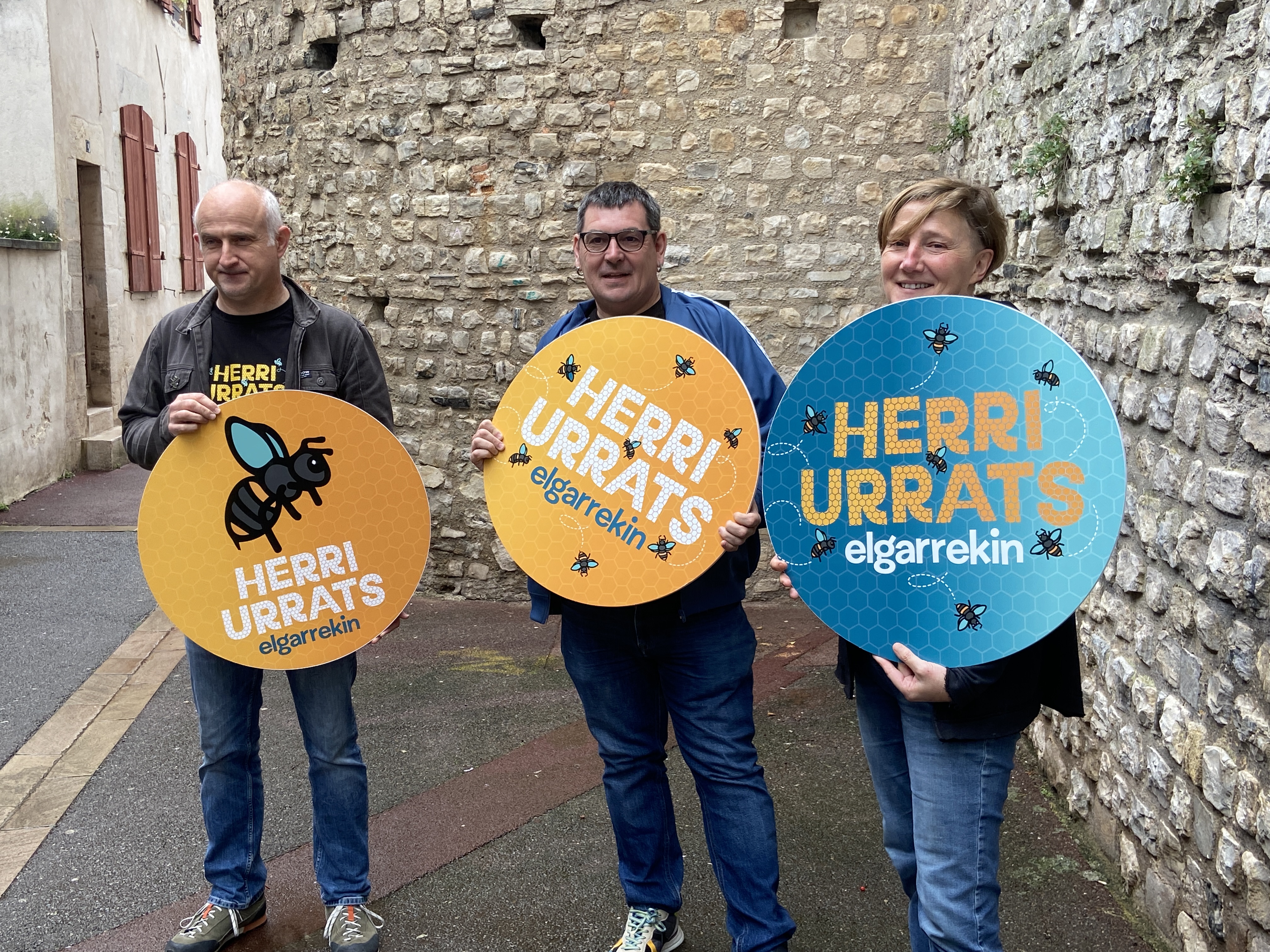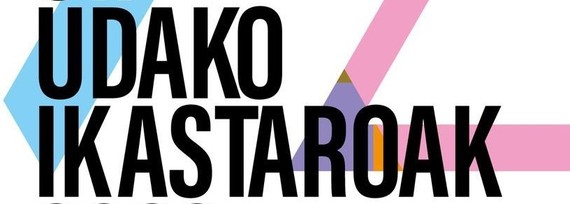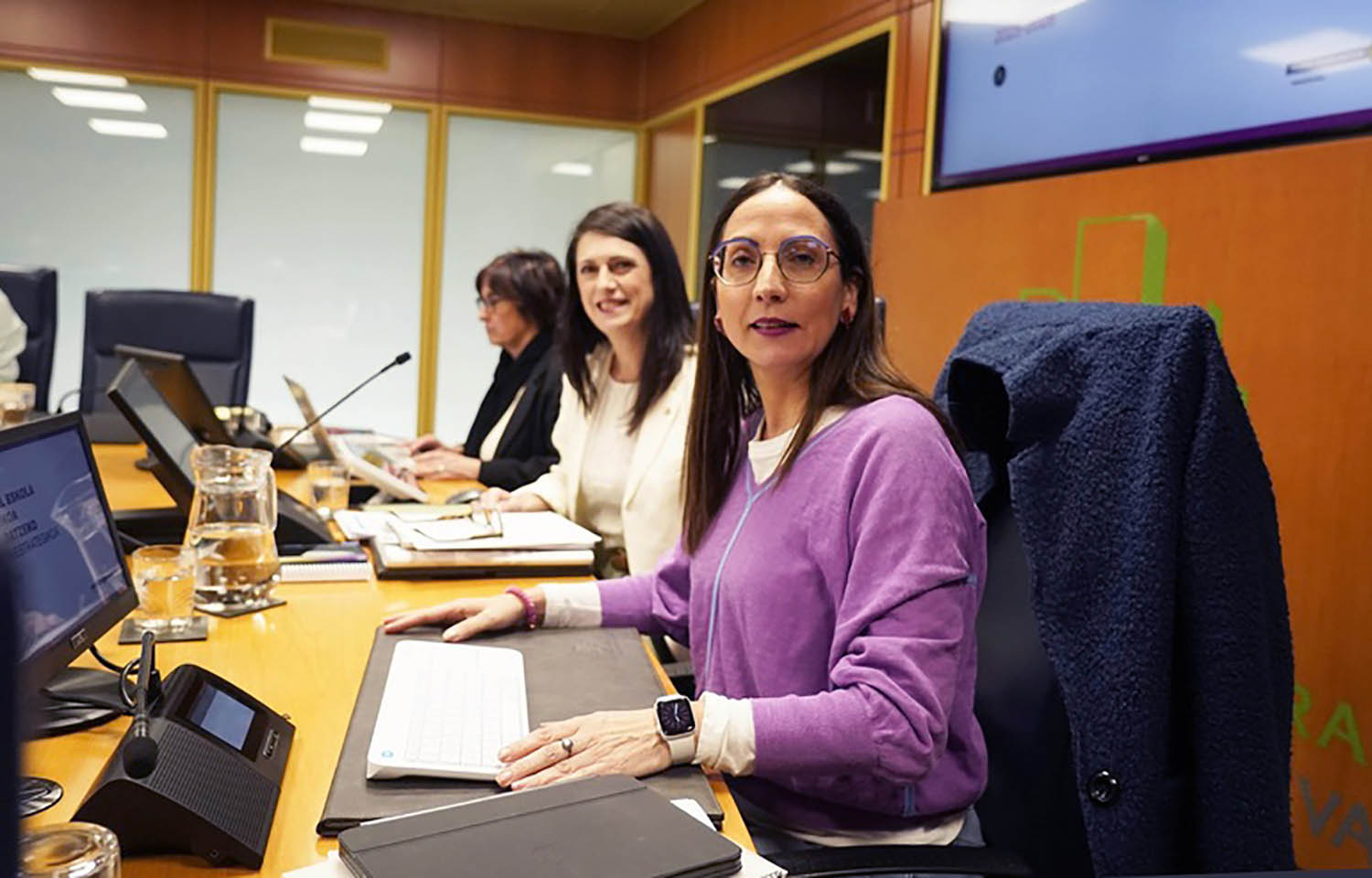Half of the students from Navarra have suffered bullying this course
- A total of 48.4% of the students have experienced one or more behaviours related to physical, verbal, social or psychological bullying, while 35.2% report having experienced one or more cyberbullying behaviors in the last year.

63.7% of the students who participated in the sample reported having seen one or more physical, verbal, social or psychological bullying behaviors, and 29.8% of these observer students reported having supported the victim in the face of these facts.
At the same time, 31.6% of the students surveyed acknowledged having performed one or more face-to-face bullying behaviors during the last year, while 12% reported having maintained one or more cyberbullying behaviors simultaneously. 23.4% of the students who participated in the study needed psychological support.
Cyberbullying: insults and threats
The main cyberbullying behaviors suffered by victims have been the reception of offensive messages via mobile or internet, anonymous calls to frighten and provoke fear, dissemination of defamation or rumours on the network, blackmail or threats via mobile or internet, replacement of identity, sexual harassment, dissemination of compromised photos or videos, isolation of contacts on social networks, dissemination of photographs or video exchange, etc.
When they have suffered these behaviors, most victims and cybervictims have not told anyone (18.5%). Some have told their parents (16.9%) or their friends (11.6%). A smaller percentage shares it with teachers (5.6%) and siblings (5.3%). Among the aggressors, 7% acknowledge feeling guilty later and 3.6% feel nothing about the victim's situation.
Female victims, male aggressors
Other results of the study are the increase in the percentage of victims of mental bullying from 5 to 2 years of primary school, and their decrease as the course increases. Likewise, the highest percentage of victims and cybervictims are girls and the highest percentage of aggressors and cyberaggressors are boys. As for the reasons that aggressors and cyber-aggressors claim to pursue, the highest percentage points out that victims are worthwhile.
In this sense, the Department of Education has presented the so-called Emotional Wellbeing Folders to address these situations. New materials focused on the stages of Childhood, Primary and Secondary. These materials are innovative information and training tools, developed by experts in the field, Carme Boque and Eva Bach, which are already available to the educational community of the Foral Community.
The research was conducted with an anonymous and voluntary sample of 15,544 students of Primary Education, ESO, Baccalaureate and Vocational Training of Elementary and Middle School during the 2022-2023 courses. Maite Garaigordobil, Professor of Psychological Evaluation and Diagnosis at the University of the Basque Country (UPV/EHU). The author, Carlos Jimeno, Minister of Education of the Government of Navarra, and other officials of the Department of Education presented this Wednesday in Pamplona.
We have had to endure another attack on our language by the Department of Education of the Government of Navarre; we have been forced to make an anti-Basque change in the PAI program. In recent years, by law, new Model D schools have had to introduce the PAI program and have had... [+]
Public education teachers have the need and the right to update and improve the work agreement that has not been renewed in fifteen years. For this, we should be immersed in a real negotiation, but the reality is deplorable. In a negotiation, the agreement of all parties must be... [+]
Garai kuriosoak bizi ditugu eta bizi gaituzte, zinez. Hezkuntza krisian dela dioten garaiak dira eta, gutxien-gutxienean, aliritzira, ba aizue, 2.361 urte ditu gaurgero boladatxoak.
Ez zen ba debalde joan Aristoteles bere maisu maite Platonen akademiatik lizeo bat muntatzeko... [+]
Lehengai anitzekin papera egitea dute urteroko erronka Tolosako Lanbide Heziketako Institutuko kimika industrialeko ikasleek: platano azalekin, orburuekin, lastoarekin, iratzearekin nahiz bakero zaharrekin egin dituzte probak azken urteotan. Aurtengoan, pilota eskoletan kiloka... [+]
















